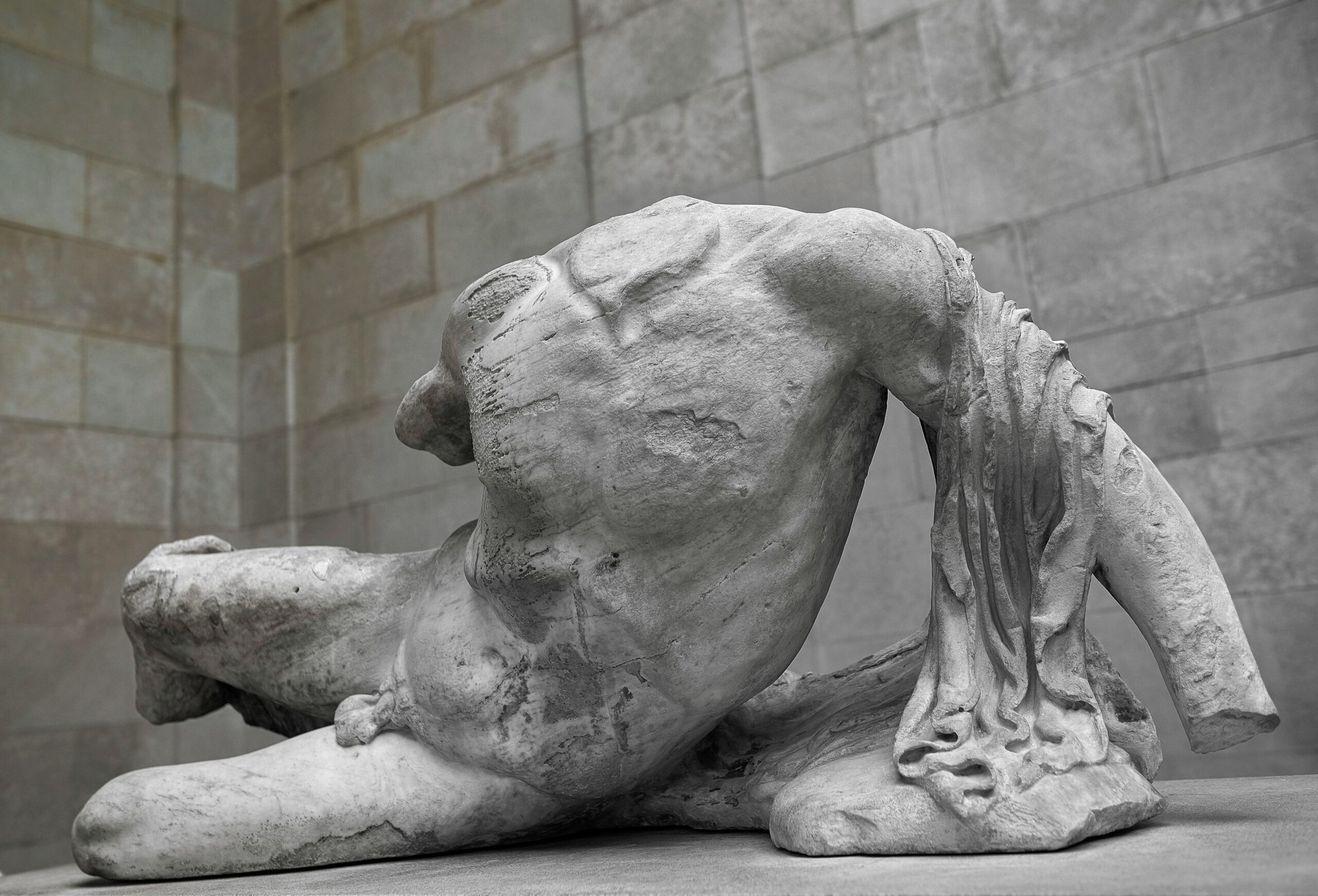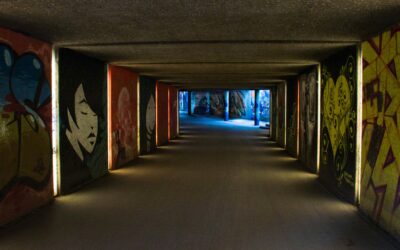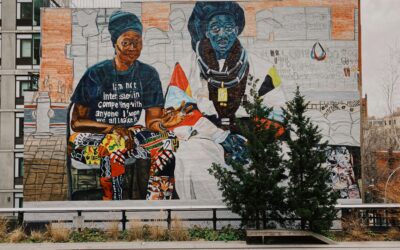While the statues and reliefs of ancient Europe captivate us with their physical beauty, their true power often lies beneath the surface—in the symbols they carry, the methods used to create them, and the cultural messages they were meant to preserve. Ancient European sculpture was not just decoration; it was communication, ritual, and often, revolution in form.
In this article, we take a deeper look into the techniques, symbolism, and lasting influence of ancient European sculpture—from prehistoric earth goddesses to the ideological statues of the Roman Empire.
1. Symbolism: More Than Aesthetics
Sculpture in ancient Europe wasn’t always made to “look nice”—it was deeply symbolic.
Fertility and the Earth
The famous Venus figurines from the Paleolithic era, found from France to Siberia, have exaggerated female features. These figures likely represented fertility, motherhood, or the sacredness of the earth. Some scholars believe they were carried as talismans for survival and birth.
Power and Protection
Celtic stone heads were not portraits—they represented spiritual presence and tribal identity. They were often placed at doorways or burial grounds, believed to protect spaces or guide spirits.
Divinity and Order
Greek sculpture developed not only to depict gods, but to represent ideals—of beauty, wisdom, or civic order. A statue of Athena wasn’t just Athena; it was the embodiment of reason and power within the city of Athens itself.
Memory and Authority
Roman emperors used sculpture to control public memory. Statues in forums and arches proclaimed victories, claimed divine favor, and projected immortality. Even after death, emperors “spoke” through stone.
2. Techniques: Innovation in Material and Method
While many surviving sculptures are in stone or bronze, artists in ancient Europe used a wide range of materials, depending on purpose and availability.
Materials Used
Clay: Used in early figurines and votive offerings. It was easy to mold and fire.
Wood: Common in northern Europe and religious shrines, though few examples survive.
Ivory and bone: Used for delicate, sacred objects.
Marble: Popular with Greeks and Romans for statues and temples.
Bronze: Allowed for fine detail and dynamic poses, used especially by Greek sculptors.
Tools and Skills
Ancient sculptors used chisels, abrasives, drills, and later casting methods like the lost-wax technique for bronze. They had assistants (apprentices) who helped block out large shapes before the master artist refined the piece.
The attention to anatomy, drapery, and emotional expression in Classical sculpture shows a level of technical mastery that still informs art education today.
3. Regional Styles: Not One Europe, But Many Europes
It’s important to remember that “Europe” was never a single culture.
The Cycladic sculptures of the Aegean (3000–2000 BCE) are minimalist and abstract—some liken them to modern art.
Etruscan sculpture from central Italy favored lively, expressive faces and often depicted the afterlife.
Germanic and Norse traditions used interlace patterns and stylized forms, more concerned with symbolic presence than realism.
Each region and tribe developed its own language of form—sometimes in contact with neighbors, sometimes in resistance.
4. Sculpture in Ritual and Space
Where a sculpture was placed mattered.
Sanctuaries and temples often had statues of deities at the center, meant to be approached, prayed to, or surrounded by offerings.
Grave markers like Roman sarcophagi or Celtic standing stones told stories of the deceased, anchoring them in legacy and belief.
Public squares became ideological theaters—where power, religion, and aesthetics met.
Sculpture was not just object, but part of a space, an experience.
5. Destruction and Survival: A Sculptural Afterlife
Many ancient sculptures didn’t survive due to war, weather, or religious iconoclasm.
Christianization in Late Antiquity led to the destruction or re-use of many pagan sculptures.
Others were buried, reused as building materials, or simply eroded over time.
Ironically, some of the best-preserved sculptures are Roman copies of lost Greek originals.
Their survival shapes what we know, and more importantly, what we don’t know—about the diversity and richness of European sculptural history.
6. Legacy: How Ancient Sculpture Shapes Modern Art
The rediscovery of ancient sculpture during the Renaissance had a seismic impact on European art.
Artists like Michelangelo and Donatello studied classical forms to understand proportion and power.
Modernist sculptors like Brâncuși and Henry Moore returned to pre-Classical simplicity, inspired by Cycladic and tribal forms.
In contemporary art, sculpture is often conceptual—but the roots of form as idea trace back to ancient carvings.
Even today, the human urge to give form to emotion, memory, and belief through sculpture lives on.




